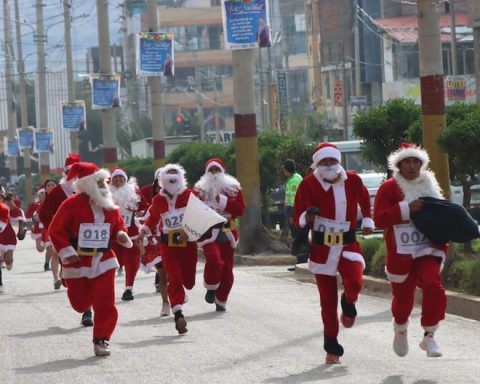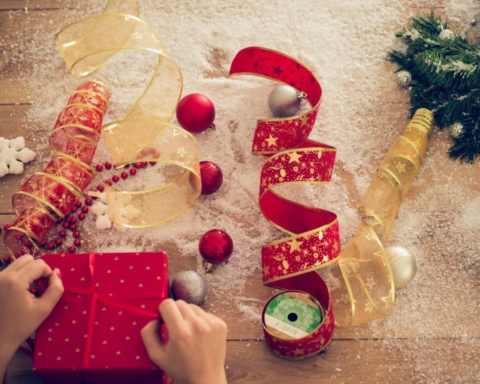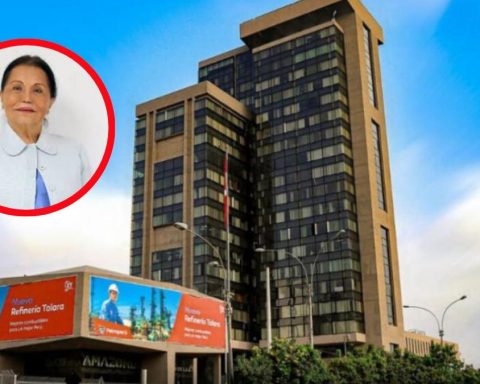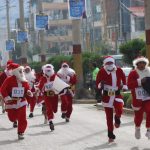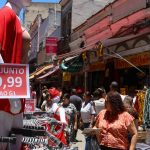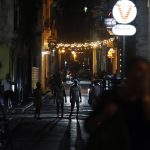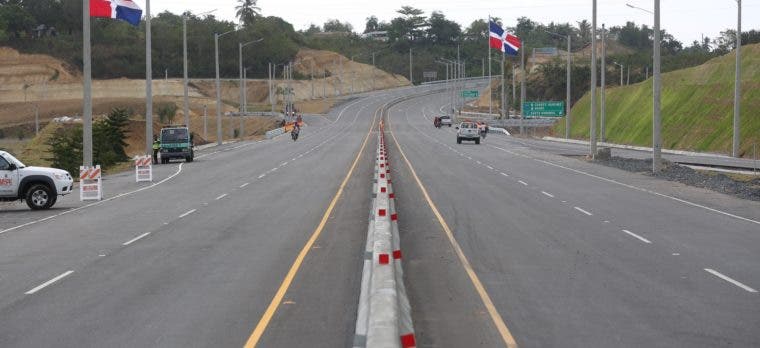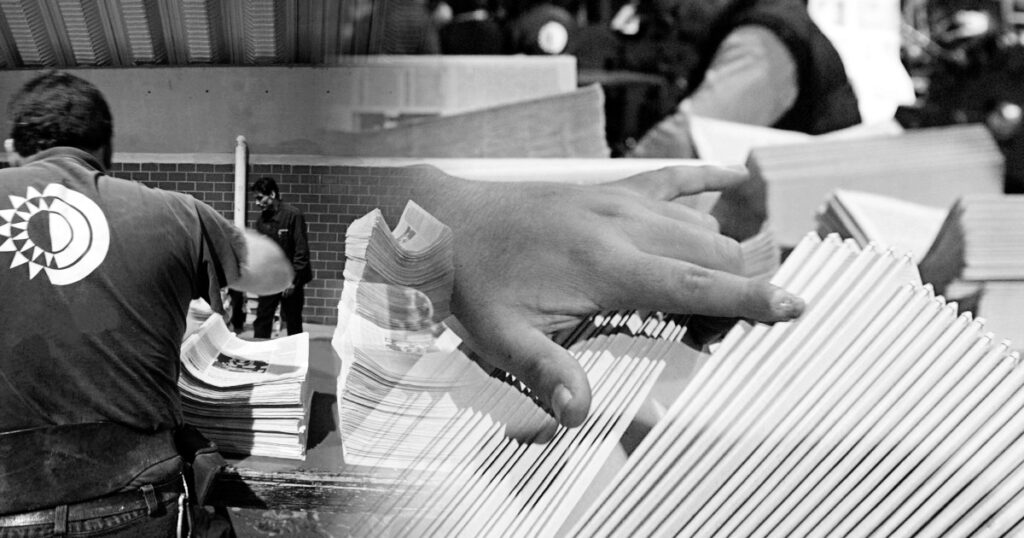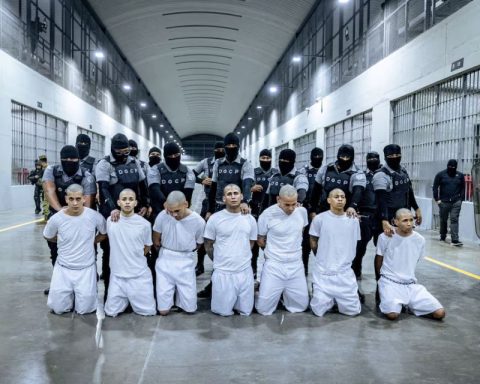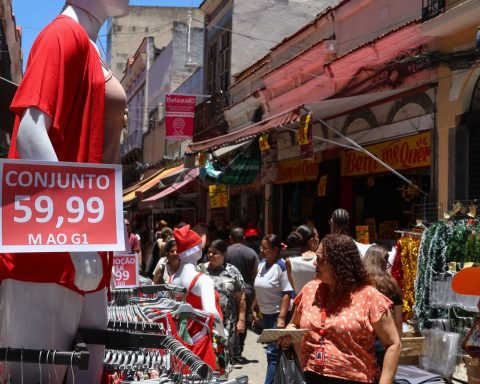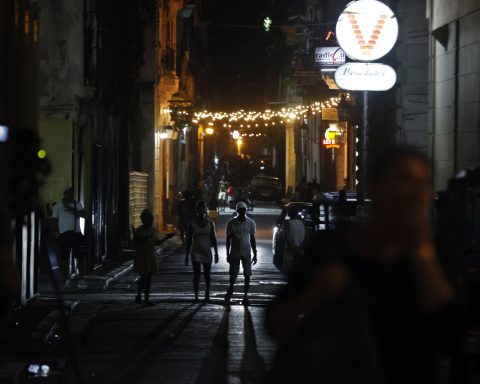The National Fisheries Health Agency (Sanipes) of the Ministry of Production carries out scheduled health monitoring in the Bay of Sechura, as part of the health reassessment process that is carried out in this important coastal area, where 80% of scallops from all the country, is planted, cultivated and processed; to then be exported to main destinations such as the European Union, the United States, China, Japan, the United Kingdom, Australia, Brazil and Chile.
In this area, the cultivation of scallops has become the first economic activity in the province of Sechura, where fishermen, mariculturists and stevedores recognize this marine species as one of the most important in Peru.
This reassessment work is carried out in 197 points identified in 9 areas of the Sechura Bay: Puerto Rico, Vichayo, Barrancos, Parachique, Las Delicias, Constante, Matacaballo, Chulliyachi and San Pedro.
All of this involves the participation of 240 local associations of scallop shell producers and 2,500 mariculturists, who will be able to continue harvesting and exporting to various world markets.
In this line, Edgar Obando Coral, is part of the group of maritime health inspectors who seek to confirm the type A classification in the 9 areas where the precious mollusk is produced,
For more than 3 years, the Environmental Engineer of the Sanipes Decentralized Office in Piura has been carrying out tasks to guarantee the safety of hydrobiological resources, so when he was called to be part of the revaluation group, he did not hesitate for a moment
The Sanipes professional stressed that the work of the health inspectors strengthens good aquaculture practices in the production of this mollusk. “We hope to have the results of the sanitary reassessment soon, if it is confirmed we will be able to maintain the type A classification, which means that the shells are kept in good condition”, narrowed down
Studies
The studies that are being carried out will make it possible to identify the sources of contamination that have an impact on the production areas, determine the dilution and dispersion of contaminants that are still dumped in this area, evaluate the sanitary condition of seawater and that of live bivalve molluscs, in addition to evaluating the surface and bottom marine currents.
In this way, the seawater and the specimens of scallop shells that are extracted are sent to the microbiology laboratories of Sanipes, in Sechura and Callao, for the development of rigorous tests that determine the quality and suitability of the resources. hydrobiological, and with it the aptitude for export to different countries of the world.
fan shell
In the bay of Sechura, fishermen and mariculturists have great expectations in the results of the reassessment, which seeks to confirm the sanitary quality in the areas under study. Alex Cotrina Llique, is dedicated to the cultivation of marine species and has diversified or complemented his fishing activities with the capture of the bivaldo mollusk.
“In my tasks I apply the protocols that I learned in the training sessions in handling, preservation, hygiene and transportation. In principle, the boat has sanitary authorization, very early we embark with the correct clothing, ”she says.
For her part, Rosa Panta Ruiz (27) from the “Dios es amor” Fishing Association, considers that the sanitary revaluation of the Sechura Bay helps the fishermen a lot.
“Fortnightly monitoring helps to take care of our ocean, the quality of the product that we extract to export it to other countries is guaranteed. There are many people who have benefited, so we can move forward”, he mentioned.
It is worth mentioning that, every 6 years or in shorter periods, the sanitary reassessment must be carried out in the scallop production areas, as established by DS ° 004-2018-PRODUCE. To date, the National Fisheries Health Agency has carried out more than 90% of the scheduled health monitoring in this bay.
FACT:
- Between 2015 and 2020, 17 million scallop shells equivalent to edible product (stem + coral) were extracted, approximately 50,000 tons from 151 sanitary-enabled farming centers.

